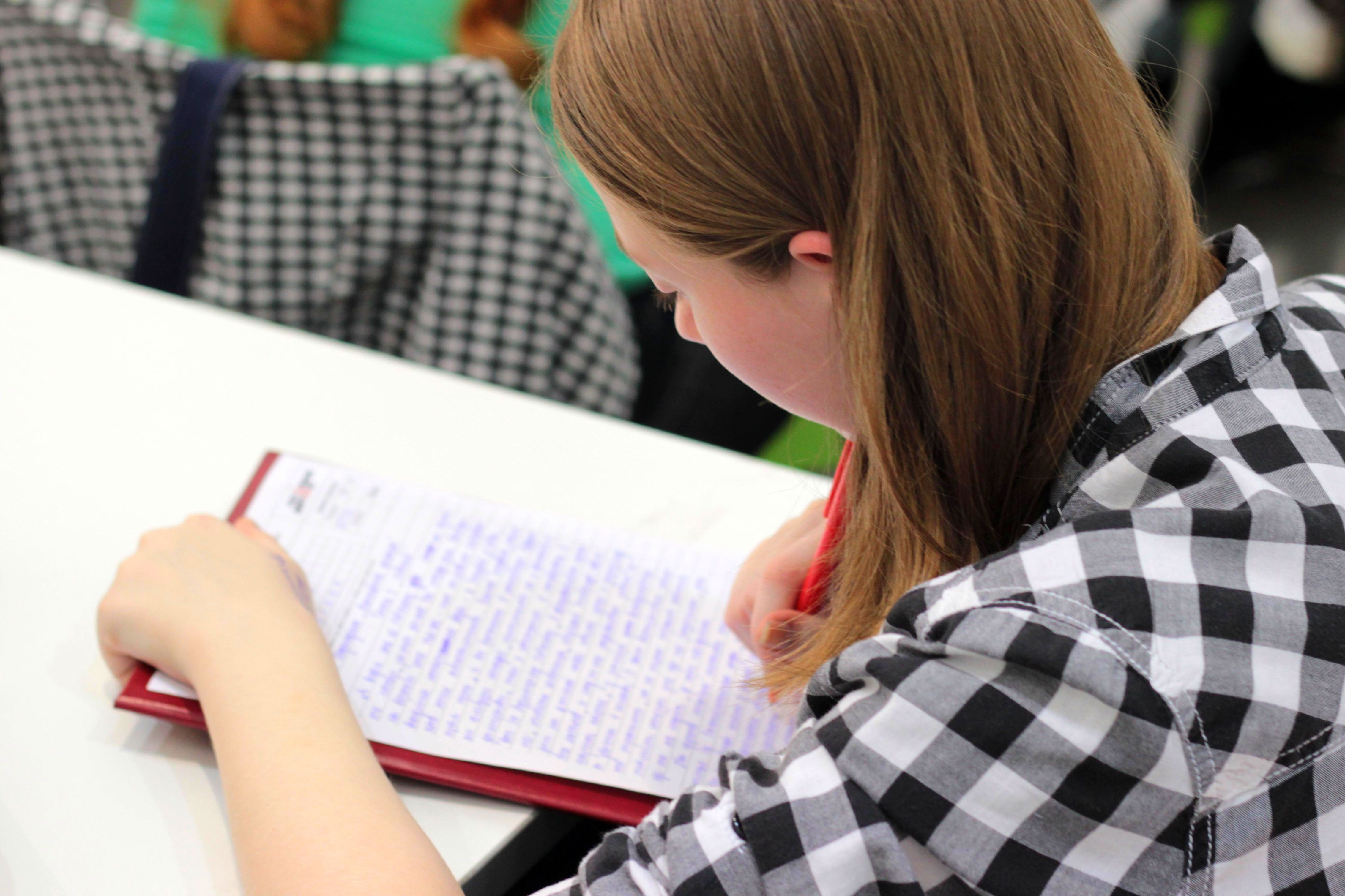
What is Adaptive Teaching?
 I’ve written in the past about students’ different learning styles and intelligences. The next natural thing to consider is how to teach effectively to the full range of students in your classroom.
I’ve written in the past about students’ different learning styles and intelligences. The next natural thing to consider is how to teach effectively to the full range of students in your classroom.
Flexibility in teaching is an important factor for student success, particularly for the success of all students, regardless of learning style.
The idea of adaptive teaching is easier said than done, as we must strive to speak to an individual’s particular learning style while still effectively working with the entire class and sticking to the curriculum. This is tough to do, but not impossible; below we’ll explore some ideas for keeping teaching flexible and adaptive in order to best serve all the students in the room.
One size doesn’t fit all: We need to keep in mind that learners are different, not only in their levels of knowledge, but also in their backgrounds, belief systems, and upbringings. These cultural components are vital in understanding that, when it comes to teaching, one size doesn’t fit all students. Consideration for student backgrounds is important for reaching all learners in ways that are most effective and least restrictive. The National Education Association reminds us that “educators must have some base knowledge of their students’ culture so that student behaviors can be understood in their proper cultural context.” In this way, we can adapt our style to cross barriers of culture and to make a lasting impact on all students without assuming that all students learn in the same narrow cultural context.
“Menu” teaching: Kids like having choices. In reality, though, they often don’t get many, especially in school where they typically are required to be in certain places at certain times and to learn whatever the lesson plan requires that day. So, while I’m not suggesting that we let the students dictate everything that goes down in class, but rather that offering options for activities can really help students feel a sense of power and ownership in the classroom. The idea of offering a “menu” is just as it sounds: much like if you ran a restaurant, you’ll be more successful by offering a variety of options rather than by relying solely on what you like. So, for instance, in teaching a unit, offer students the options of doing group work, working independently, or a hybrid of both. Through this model, you will be able to offer assignments for all levels of thinking, all learning styles, and all intelligences.
Flipped classroom: The “flipped classroom” is a format that reverses the usual course of class by, for instance, providing notes and Powerpoints before class rather than making class all about giving notes and showing slides. In this way, the class can focus on discussion and more lively activities for the bulk of class time while still receiving the needed information. Being adaptable and willing to “flip” things around rather than remaining rigid in your teaching can bring all students into the learning experience not to mention change up what can often amount to drudgery.
“Declared” and “taught” curriculum: Let’s face it: we can’t always get to everything. We often start with the noblest of intentions but then are forced to be flexible as unexpected scenarios pop up. Herein lies the difference between the “declared” and the “taught” curriculum. If, for instance, a teacher notices that the class is having trouble grasping a certain concept, she may adjust the planned curriculum in order to address the immediate problem. Teachers who abide too rigidly to lesson plans run the risk of losing student interest and attention along the way, as well as decreasing student morale. While, certainly, it is important to cover what needs to be covered, it is also ok to deviate when necessary for the greater good of the students.
Web-based learning: While some teachers are slow to adapt to new methods, the truth is that the ubiquity of the internet means we’d be doing our students a disservice by not integrating it into their learning experience. It doesn’t have to be an earth-shattering technological idea, either; something as simple as making available online flashcards or resources is a way to create a “parallel” learning experience that supplements what is done solely in the classroom.
Overall, we often hear about adaptive learning, which places the onus of flexibility on the student, but not as much as about adaptive teaching. It stands to reason, however, that teachers can (and, perhaps, should) have as much to do with classroom flexibility as can students. As stewards of learning, educators have the power to reach students on many different levels and to understand differences in learning styles, cultural backgrounds, and student intelligences. Good teachers and tutors are never rigid; they are willing to change in order to make learning an adaptive and effective experience.
Written by Phil Lane
Contact us today to discuss how iAchieve Learning can support your child’s educational journey in 2018.
RELATED POSTS
4 Ways Technology Can Boost Learning
5 Effective Teaching Styles For All Classrooms



